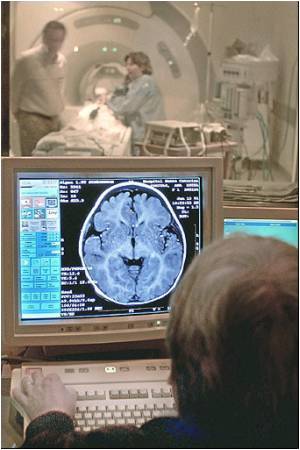
Indeed, human and chimpanzee proteins are more than 99 percent identical.
The researchers showed that the number of evolutionary adaptations to the part of the machinery that regulates genes, called transcription factor binding sites, might be roughly equal to adaptations to the genes themselves.
"This is the most comprehensive and most direct analysis to date of the evolution of gene regulatory sequences in humans," said senior author Adam Siepel, Cornell associate professor of biological statistics and computational biology.
"It's taken these 40 years to get a clear picture of what's going on in these sequences because we haven't had the data until very recently," said Leonardo Arbiza, a postdoctoral researcher in Siepel's lab and the paper's lead author.
Less than 2 percent of the human genome - the complete set of genetic material - contains genes that code for proteins. In cells, these proteins are instrumental in biological pathways that affect an organism's health, appearance and behavior.
Advertisement
Among the findings, the study reports that when compared with protein coding genes, binding site DNA shows close to three times as many "weakly deleterious mutations," that is, mutations that may weaken or make an individual more susceptible to disease, but are generally not severe. Weakly deleterious mutations exist in low frequencies in a population and are eventually weeded out over time. These mutations are responsible for many inherited human diseases.
Advertisement
"The overall picture shows more evolutionary flexibility in the binding sites than in protein coding genes. This has important implications for how we think about human evolution and disease," said Siepel.
The study was published June 9 in Nature Genetics.
Source-ANI










